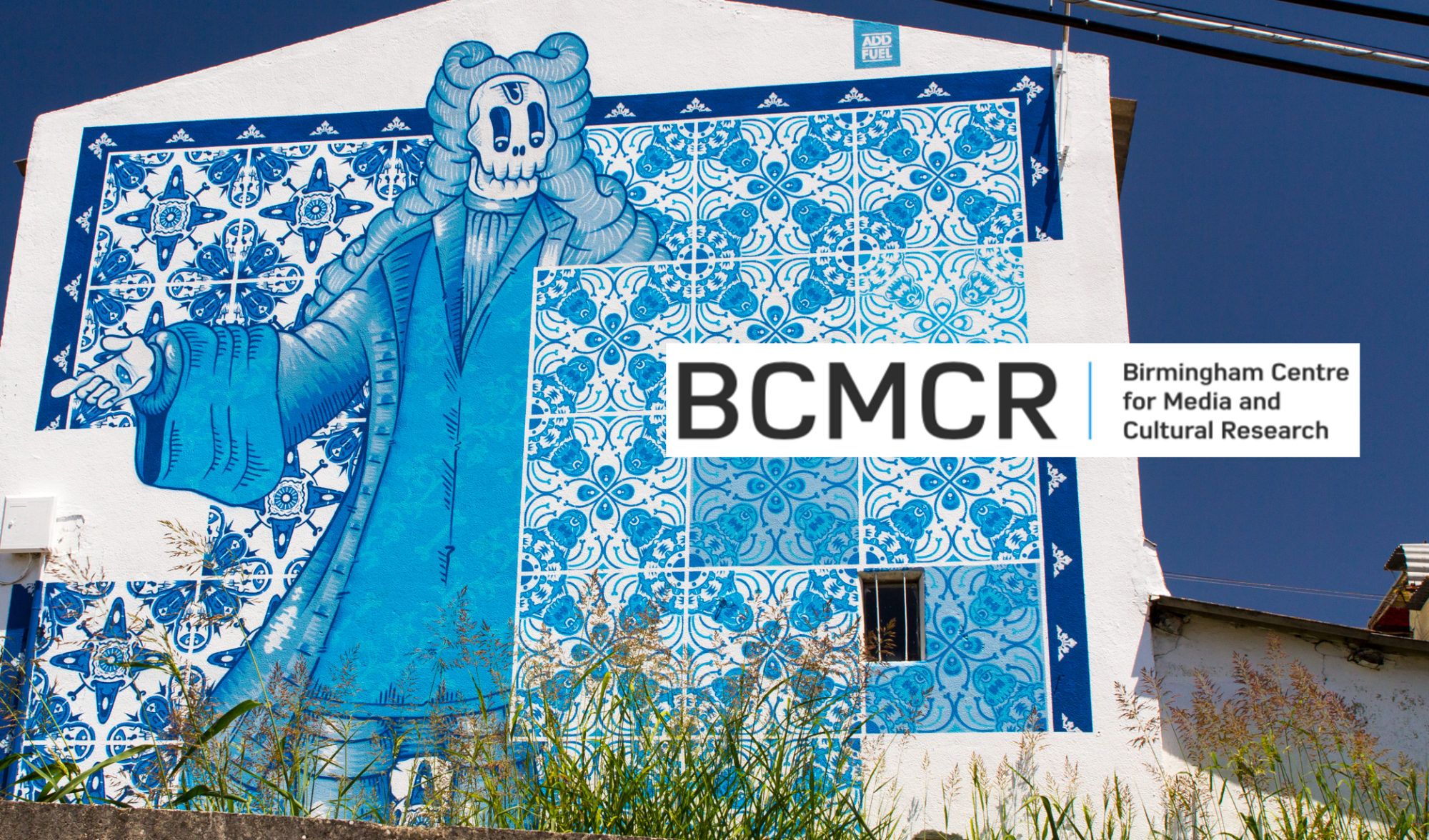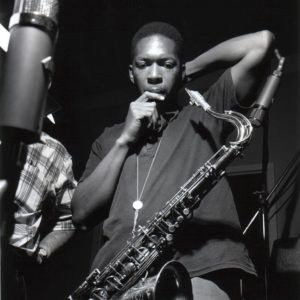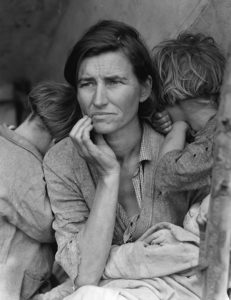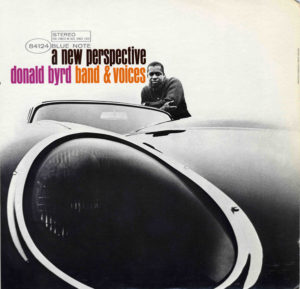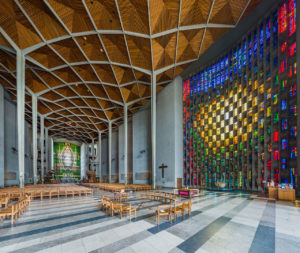For the first seminar in the BCMCR Seminar Series, Fiona Talkington and Sid Peacock explored how curatorial practice might be understood in terms of cultural translation.
In this post, I’ll explore Fiona’s talk in a little more detail and tease out a couple of the questions that interested me.
Fiona Talkington (BBC Radio 3) – If Mountains Could Sing
Fiona presented a paper on her experiences curating Norwegian Jazz. She described how her passion for the promotion and circulation of Norwegian jazz began; and traced the journey it took, from the humble, self-effacing musicians she spoke to in Oslo’s jazz bars, to the intricate, highly creative musical collaborations she organized later in her career.
Among the collaborative highlights outlined in her paper, one stood out: Fiona set up the ‘conexions’ series wherein she brought together Norwegian and British musicians for live performances (you can see the Intro to the 2013 event here). The twist here being that in some cases they’d never played with each other before. The music they played or improvised together took on the characteristic of an informal dialogue, produced in the moment, and proved both culturally enriching and profoundly creative.
What struck me about Fiona’s account was her intuition that something about Jazz managed to transcend linguistic differences, at least to some degree. Fiona spoke of its capacity to move and affect the listener, and that the effects it produced in the listener were comparable between British and Norwegian cultures; put another way, what she liked about Norwegian Jazz (rhythms, peaks, harmonies) was what Norwegians liked about Norwegian Jazz.
This gestures towards an interesting point about the translation of affect from Norway to Britain. It suggests that common or equivalent feelings might be produced and experienced via non-linguistic medium, even if the specific articulation of those feelings takes place in different languages. In other words, we might feel the same things (but articulate those feelings in a different language, according to local and specific ways of understanding feelings, and so on).
I was also interested in the limitations to the cross-cultural movements of jazz. Money for jazz festivals, said Fiona, was in relative abundance when she first visited in the 90s, at least in Norway, but the shifting political and economic landscape had changed considerably since then and she reported that funding has begun to dry up. The consequences for the continued flourishing
Fiona also raised an interesting point about gender: a high proportion of the musicians that found prominence on the Norwegian Jazz scene were male, while those involved in managing festivals and setting up collaborations both in Norway and transnationally tended to be female. This gendered division of labour, at least to me, could be seen as gesturing towards broader structural patterns of inequality that shape the ways in which music is circulated globally. Certainly food for thought.
